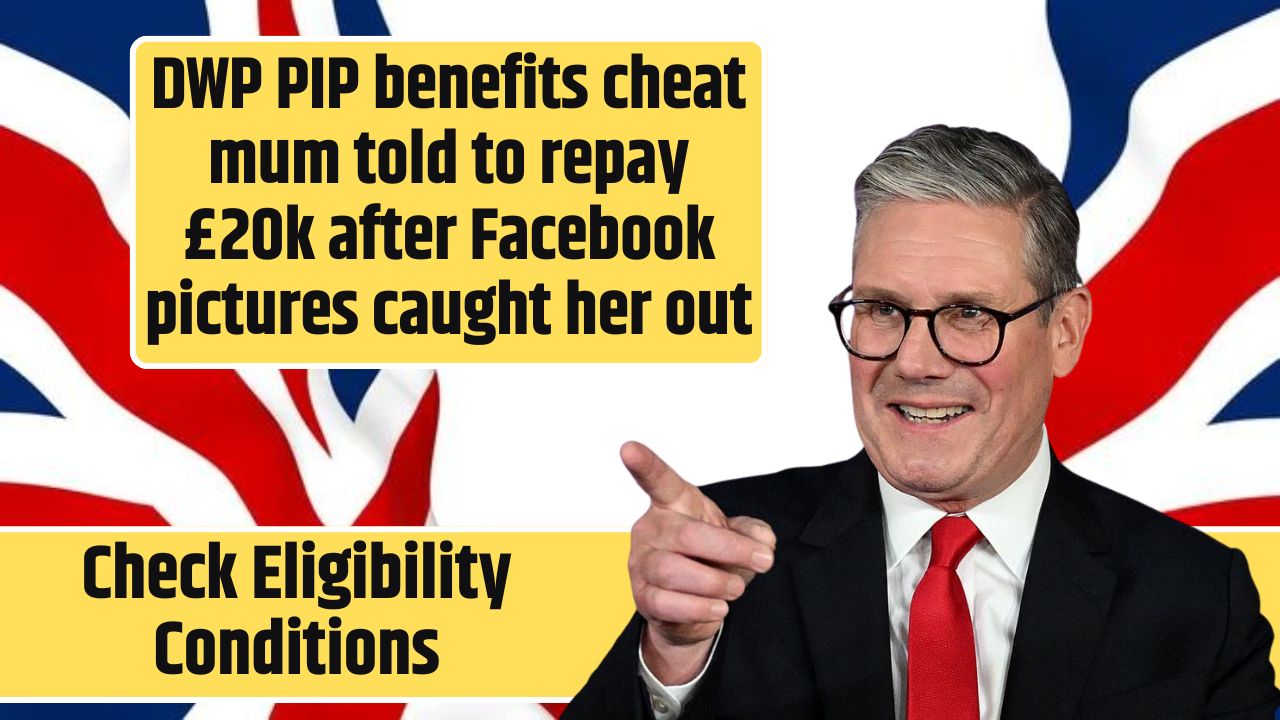Ohio families are getting a much-needed boost with the proposed $1,000 Child Tax Credit, a new initiative designed to ease the financial burden of raising young children. Introduced as part of Governor Mike DeWine’s 2025 budget proposal, this state-level refundable credit aims to help working families afford childcare, early education, and everyday essentials. If you have children under age 7, this guide will show you how to qualify, apply, and maximize your benefits.
Ohio’s $1,000 Child Tax Credit at a Glance
| Feature | Details |
|---|---|
| Program Name | Ohio $1,000 Child Tax Credit |
| Proposed By | Governor Mike DeWine |
| Maximum Credit | $1,000 per qualifying child |
| Qualifying Age | Under 7 years old by tax year-end |
| Refundable? | Yes – fully refundable |
| Income Limits (Proposed) | Single: ≤ $69,000, Joint: ≤ $94,000, MFS: ≤ $56,500 |
| Minimum Income Requirement | $22,500 for full credit eligibility |
| Application Method | File Ohio state tax return + include dependent info |
| Expected Rollout | Pending approval; targeted for 2025 tax year |
| Official Info Source | Ohio Department of Taxation |
What Is the Ohio $1,000 Child Tax Credit?
This new tax credit is a fully refundable benefit, meaning families can receive it even if they owe no state income tax. It’s designed to help Ohio families reduce costs tied to:
- Childcare
- Preschool and early learning programs
- Basic household needs like groceries and utilities
This move reflects growing concerns over the high cost of child-rearing, especially in the early years. For many Ohio families, even a modest annual credit can provide a meaningful financial cushion.
Why Is Ohio Introducing a State-Level Credit?
According to Child Care Aware of America, infant care in Ohio costs over $10,000 per year—comparable to college tuition. With inflation continuing to squeeze family budgets, the credit addresses:
- Childcare affordability
- Workforce retention (supporting working parents)
- Family stability and early childhood development
Governor DeWine’s administration sees this as both a family policy and an economic investment in the state’s future workforce.
Eligibility Criteria: Who Qualifies?
Child Requirements
- Must be under 7 years old by the end of the tax year
- Must be claimed as a dependent on your Ohio state tax return
- Must have a valid Social Security Number
Residency
- Must be a full-time Ohio resident
Income Thresholds (Proposed)
| Filing Status | Maximum Income to Qualify |
|---|---|
| Married Filing Jointly | $94,000 |
| Single Parent | $69,000 |
| Married Filing Separately | $56,500 |
Families earning less than $22,500 may receive a partial benefit, but full eligibility requires meeting the minimum threshold.
How to Apply: Step-by-Step
Step 1: Gather Your Documents
- SSNs for each qualifying child
- Proof of Ohio residency (utility bills, lease, ID)
- Income documents: W-2s, 1099s, pay stubs
Step 2: File Your Ohio State Tax Return
- Use the Ohio IT 1040 form
- Include dependent information in the appropriate section
- Attach documentation if required (exact forms TBD)
Step 3: Complete the Credit Section
- Ohio Department of Taxation will publish a worksheet or line item for the Child Tax Credit
- Make sure to double-check info to avoid delays
Step 4: File Electronically for Faster Processing
- E-filing can reduce errors and speed up refunds
- Use Ohio’s Online Services Portal or a trusted tax software
Step 5: Track Your Refund
- Use the Ohio Refund Tracker to check the status of your credit
Federal vs. Ohio CTC: A Quick Comparison
| Feature | Federal CTC | Ohio CTC (Proposed) |
|---|---|---|
| Max Credit Per Child | Up to $2,000 | $1,000 |
| Age Requirement | Under 17 | Under 7 |
| Refundable Amount | Up to $1,600 | Fully refundable |
| Income Phase-Out Start | $200,000 (single), $400,000 (joint) | $69,000 (single), $94,000 (joint) |
| Filing Method | Federal IRS Form 1040 | Ohio IT 1040 |
Common Mistakes to Avoid
- Misspelling your child’s name or SSN – causes refund delays
- Filing under the wrong status – affects income eligibility
- Failing to include all dependents – especially newborns
- Forgetting to file at all – no return = no credit
- Assuming you don’t qualify – check eligibility even if you earn less than the max
Real-Life Example: The Johnson Family
Sarah and Mike Johnson, a married couple in Cincinnati, have two children aged 2 and 5. Their combined income is $70,000.
| Details | Benefit |
|---|---|
| Children Eligible | 2 |
| Total Credit | $1,000 × 2 = $2,000 |
| Use of Funds | Preschool tuition + groceries |
By simply filing their Ohio tax return, the Johnsons get a $2,000 cash refund—a meaningful cushion for their family budget.
How to Use the Credit Wisely: Smart Budgeting Tips
| Use Case | Example |
|---|---|
| Childcare Costs | Offset daycare or preschool fees |
| Education Savings | Start or grow a 529 College Savings Plan |
| Emergency Fund | Build 1–2 months of basic expense reserves |
| Pay Down Debt | Credit card or utility bills |
| Household Essentials | Groceries, diapers, medications |
Even a single year’s credit, if used effectively, can improve long-term financial stability—especially when paired with budgeting or savings goals.
Expert Insight
“Ohio’s proposed credit is a practical step toward helping middle- and lower-income families who are often left out of larger tax breaks,” says David Miller, CPA.
Pro Tip: “Pair it with federal credits like the Child and Dependent Care Credit, and always e-file to get your money faster.”
Long-Term Impact
If this program passes and continues over time, eligible families could receive up to $7,000 per child over seven years—a significant financial support during the most critical development stages.
Combined with federal programs and smart planning, the credit can:
- Reduce reliance on debt
- Improve family savings
- Create stronger educational foundations
FAQs
When will the Ohio $1,000 Child Tax Credit be available?
It is part of the 2025 budget proposal and expected to launch once approved by the Ohio legislature.
Do I need to owe taxes to get this credit?
No. It’s fully refundable, so even if you owe nothing, you can still receive the full amount.
Will the credit increase in future years?
Possibly. Future adjustments will depend on state budget reviews and inflation rates.
How do I check my eligibility?
Use the Ohio Department of Taxation website or consult a local tax preparer.





















